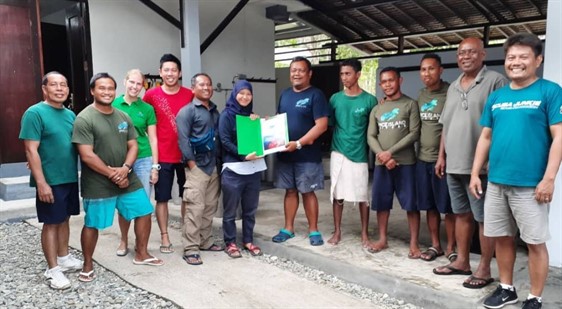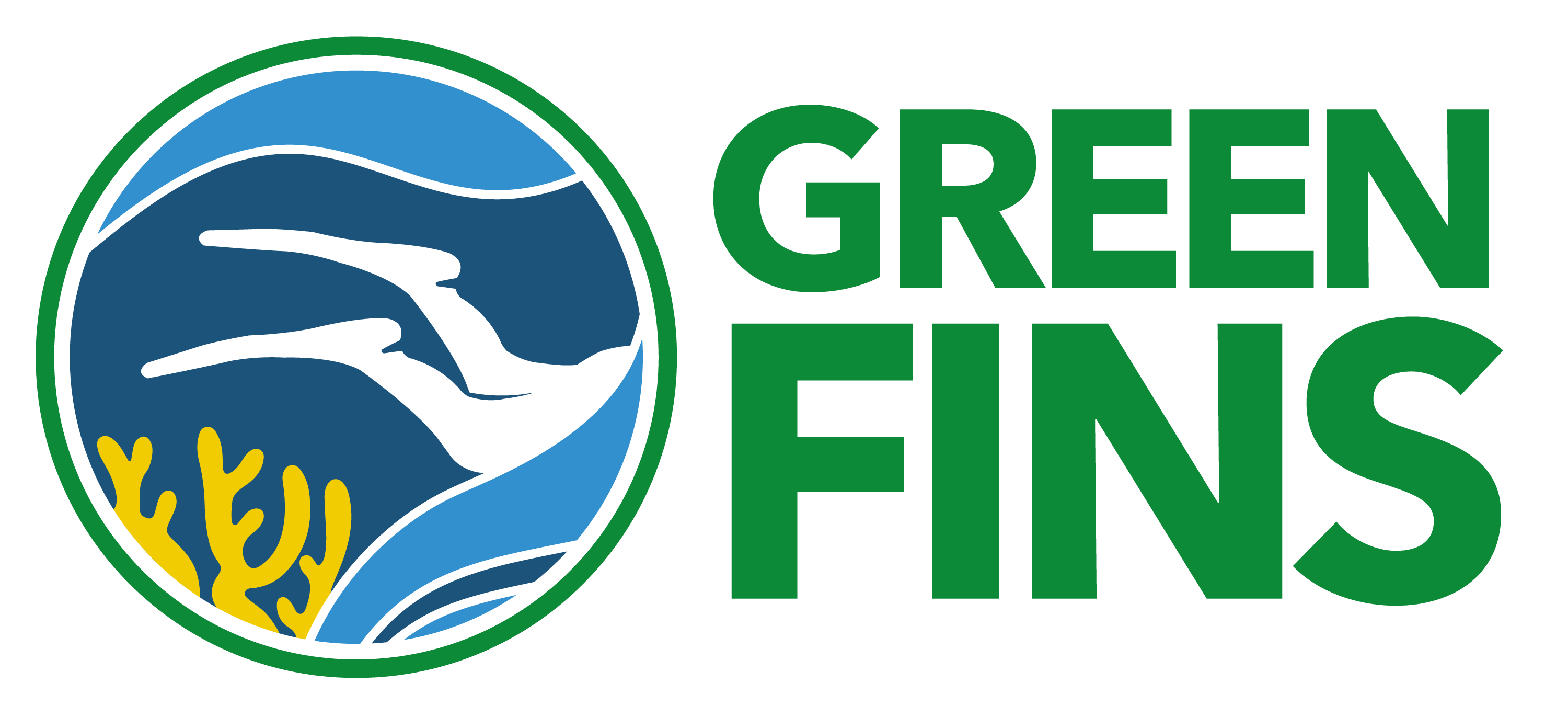I’ve just returned from Ambon, Indonesia. There, Sam (Reef-World’s Programmes Manager) and I were training a new group of Green Fins assessors. These newly certified assessors will help Reef-World expand the UN Environment Programme‘s Green Fins initiative and meet demand from dive shops across the country who are looking to improve their sustainable tourism practices. The new assessors are each from different regions with one of the teams based here in Ambon.
Setting sustainable tourism standards in a “young” dive destination
The small island of Ambon is part of Indonesia’s Maluku Islands. While still a lesser known dive destination – there are only a handful of dive shops in the area – awareness of Ambon is steadily growing. Recently, the destination has started to get on the radar of divers around the world for being the only place in the world you can see the psychedelic frogfish (Histiophryne psychedelica). While this is positive for the local economy, it’s important to be aware of the speed of development; a huge boom of tourists without appropriate infrastructure and sustainable tourism practices could be hugely damaging to marine life.
For this reason, Green Fins implementation is key while this relatively “young” dive destination is still developing. By reaching the Ambon dive industry before it gets too big, Green Fins Indonesia can set the bar for environmental standards. This is a key time to make sustainable tourism practices the norm in the area.
The problem with the Ambon frogfish
As mentioned, tourists are starting to travel to Ambon specifically to see the rare psychedelic frogfish. The problem is that it’s not guaranteed you’ll be able to see one during your trip – that’s nature, right? But, while it’s understandable that the psychedelic is the “star of the show”, this comes with its own environmental problems.
Pressure from guests who want to tick rare critters off their bucket list make it a common practice in muck diving areas for guides to move creatures. This is so they know where to find them or even touch or pick them up to show guests. As you might imagine, this is hugely stressful for the animals and could have a negative impact long term. A dive guide who thinks he (or she!) will only get a tip if they find the frogfish is going to be more likely to go further to find it. Sadly these behaviours can include digging through rubble (destroying habitats in the process), touching and moving creatures.
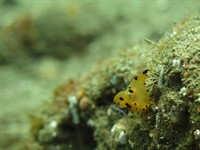
The other stars of the show
Changing these behaviours is an education process for both guides and tourists. Part of this will be for operators to help tourists understand that, like us, they might not see the psychedelic. And that if they don’t see it, that’s OK. The psychedelic is just one of many highlights and they’ll be treated to many other interesting (and rare!) creatures instead. Once the week of training was finished, the Reef-World team managed to squeeze in a fun dive. In just an hour, we saw a Pikachu nudibranch (Thecacera pacifica), flamboyant cuttlefish (Metasepia pfefferi), harlequin shrimp (Hymenocera picta), bumblebee shrimp (Gnathophyllum americanum), Rhinopias, seahorses, pipefish, and lots more.
The dive site was so crammed with life that it was hard to share everything with my buddy. Trying to catch her attention to show her something cool was often impossible as she was so rapt on another creature. Explaining this to tourists before they arrive can help manage expectations. Try to get them excited about the other things they might hope to see in Ambon’s waters.
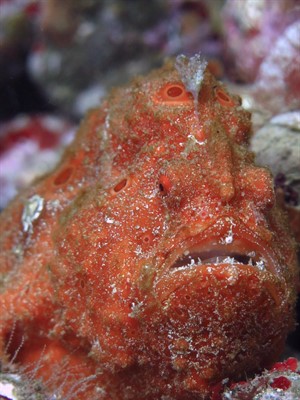
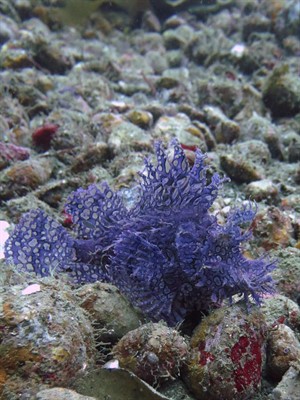
How can tourists contribute to sustainable tourism?
Tourists themselves also have a part to play. Demanding to see the psychedelic frogfish (or other rare critters), no matter what, puts undue pressure on the guide and is more likely to lead to irresponsible behaviours. Of course, you’d like to see one if you can (I must admit I was hoping we’d be lucky!) but be prepared that it might not happen. Explain to your guide that you don’t want them to touch or move things while looking for critters for you. What’s more, be sure to compliment (and tip!) guides who act as a positive environmental role model. Reward dive shops who follow good environmental practices by investing in them over less sustainable businesses.
If you’ve booked with a dive shop and are unhappy with them manipulating marine life underwater, let them know. Do your research and move to a more environmentally friendly centre. Don’t underestimate the influence of the tourism dollar!
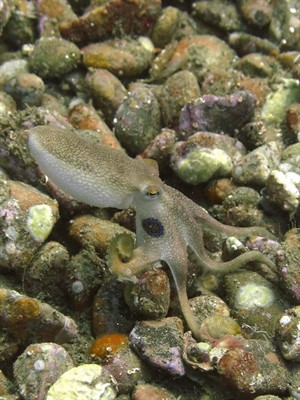
Finding local solutions
As with many other dive destinations – developing or otherwise – Ambon dive shops face some local challenges when it comes to improving sustainability. So, over the coming months, the Green Fins Indonesia team will be helping to source solutions for the region’s key environmental obstacles; for example, where is the nearest responsible battery disposal unit; who are the best local suppliers for biodegradable soaps, sunscreens and shampoos; and is there anywhere that collects plastic and other recycling? This becomes a two-way flow of information where dive shops and Green Fins assessors are able to work together to identify key sustainability challenges, find solutions and share them with the rest of the network. As we’ve seen elsewhere, this can help the destination reduce its environmental impact overall.
Ambon is still early in its Green Fins journey but we’re excited to see how things will progress in this fantastic muck diving destination.
